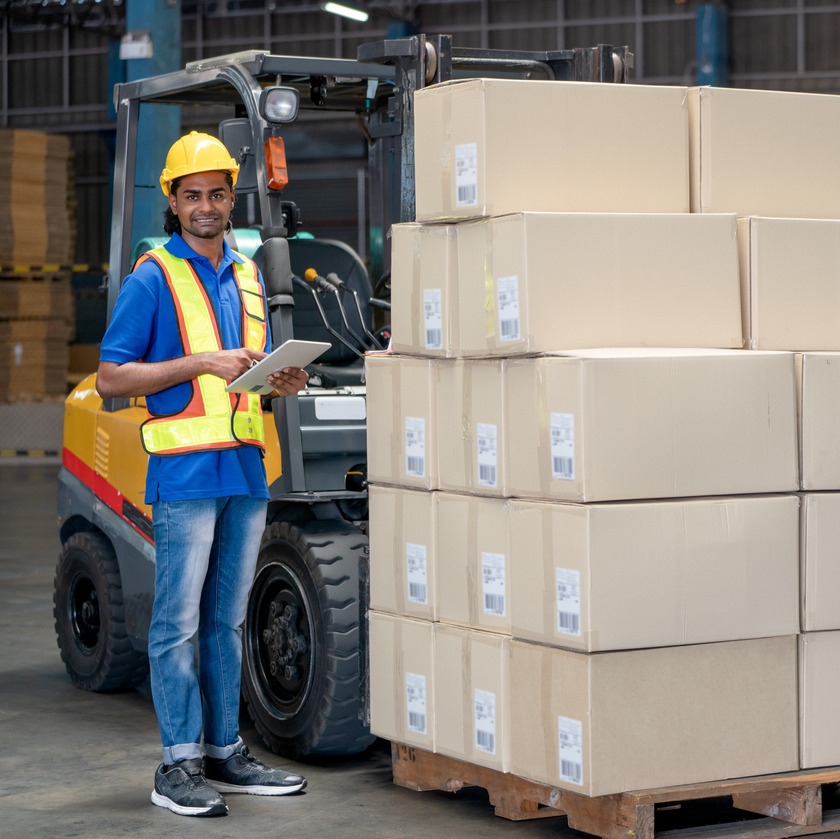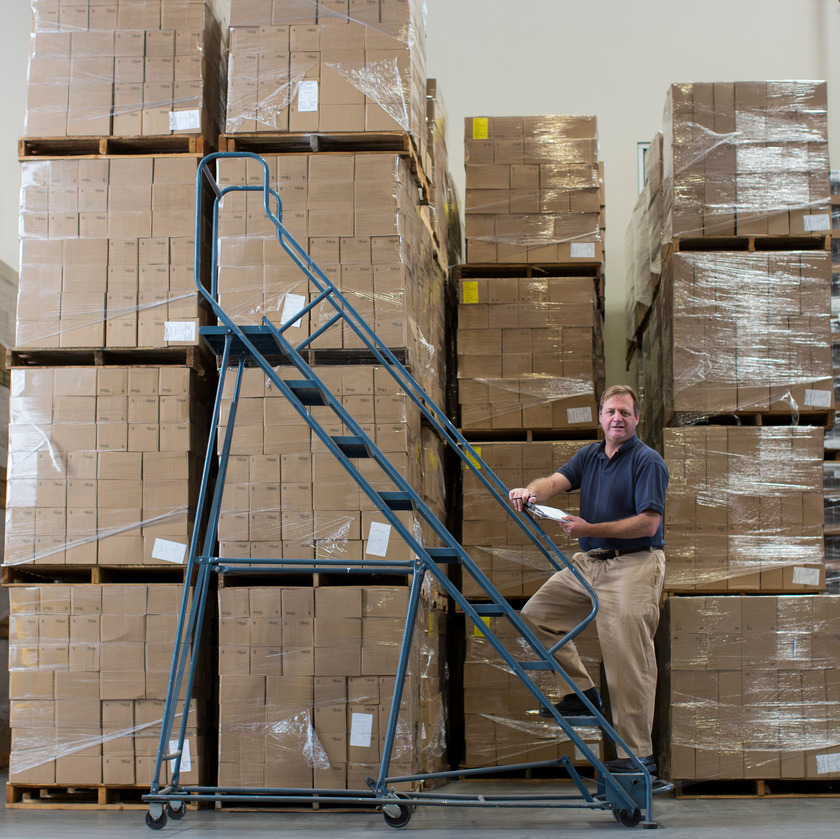Product placement has evolved into a dynamic marketing strategy, embedding brands within the diverse media landscapes consumers inhabit globally. Whether a product features prominently in a hit streaming series, is subtly integrated into a popular video game, showcased by an influential social media creator, or appears in a globally released film, the potential for international exposure is immense. This widespread visibility often translates into significant consumer interest across borders, sparking demand in markets far from the brand's origin. However, converting this potent, placement-generated awareness into tangible sales requires navigating the complex and often treacherous waters of international retail distribution, a process filled with unique logistical, financial, and regulatory hurdles.
The initial hurdle often lies in the intricate web of tariffs, taxes, and import duties. Each country has its own unique customs regulations, value-added tax (VAT) rates, and potential tariffs specific to product categories. Calculating these costs accurately is crucial for determining a viable landed cost and final retail price in the target market. Miscalculations can erode profit margins or price the product out of competitiveness. Businesses must undertake meticulous research or engage local customs brokers to understand the financial implications before a single item ships, ensuring they comply with all payment obligations and avoid costly delays or penalties at the border.

Beyond the financial barriers, negotiating the physical logistics of international transport is a significant operational challenge. Moving goods across continents involves coordinating multiple players: freight forwarders, shipping lines or air cargo carriers, customs officials, and local warehousing and transportation providers. Selecting reliable partners, negotiating competitive freight rates, ensuring proper documentation (like bills of lading and certificates of origin), and managing potential disruptions – from port congestion to weather delays – requires expertise and robust planning. Furthermore, ensuring the product arrives undamaged and managing inventory across potentially vast distances adds layers of complexity to the supply chain.

Legal and regulatory compliance presents another minefield. Foreign markets often have stringent rules regarding product standards, safety certifications, labeling requirements, and ingredient restrictions that may differ vastly from the home market. For instance, food products face specific health regulations, electronics need local certifications (like CE marking in Europe), and cosmetics might have banned ingredients. Packaging often needs to be adapted not just for language, but also to include legally mandated information specific to that country. Failure to comply can result in goods being seized, hefty fines, or outright bans, damaging both finances and brand reputation. Thorough legal review and adherence to local standards are non-negotiable.
Language and cultural barriers permeate every aspect of foreign market entry. While a product placement might resonate visually across cultures, effective retail distribution requires localized communication. Packaging, marketing materials, and point-of-sale displays need accurate and culturally sensitive translation. Business negotiations themselves can be hampered by language differences and varying communication styles or etiquette. Understanding local consumer preferences, shopping habits, and cultural nuances is vital for tailoring the product presentation and marketing approach to resonate effectively within that specific market, ensuring the transition from screen recognition to retail purchase is seamless.

Successfully overcoming these hurdles requires a strategic approach, often involving strong local partnerships. Identifying and vetting reliable distributors or retailers within the target foreign market is critical. These local experts possess invaluable knowledge of the market landscape, established relationships with retail channels, understanding of regulatory nuances, and the logistical infrastructure necessary for effective distribution. For businesses primarily focused on the art of product placement, forging these distribution alliances is often essential. They may leverage connections made during the content production phase or actively seek out specialized international distribution firms to handle the complexities of getting the product onto local shelves.
In conclusion, while successful product placement can generate significant international demand, capitalizing on this requires navigating a complex labyrinth of distribution challenges, as we've explored. From deciphering tariffs and managing cross-border logistics to ensuring legal compliance and bridging cultural divides, the path to foreign retail shelves is undeniably demanding. However, these formidable hurdles should not deter ambitious brands from pursuing global growth fueled by media exposure. This intricate process is precisely where specialized expertise becomes essential, and it's a challenge we are specifically equipped to overcome for our clients. We understand that translating on-screen success into tangible, international sales requires meticulous planning and robust execution. Distroly possesses the deep knowledge of international trade, established logistical networks, and strategic partnerships necessary to expertly manage these complexities. By partnering with us, you can confidently leverage the global awareness generated by your product placements, secure in the knowledge that the demanding journey to international retail shelves is being navigated effectively, transforming potential distribution obstacles into successful market entry and sustainable growth.